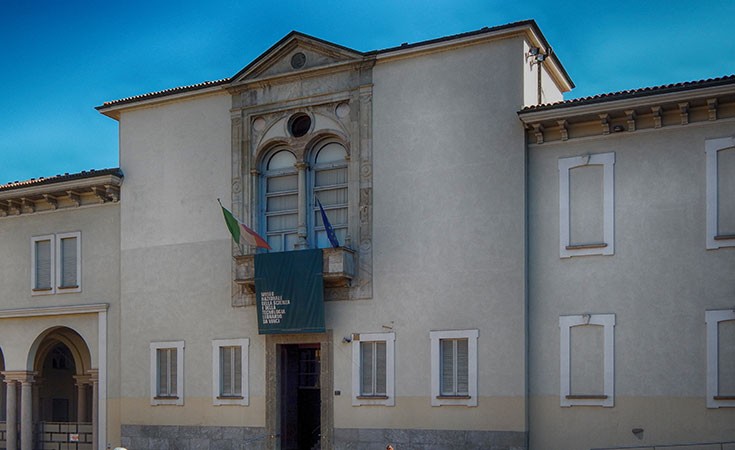
National museum of Science and Technology or in Italian Museo Nazionalle della Scienza e della Technologia is a very interesting museum in Milan that everyone that enjoys science and technology should visit. Some 15,000 exhibition pieces, among which you can find 130 Leonardo da Vinci’s models, 11 airplanes, even a submarine, and all of this is located in a building that was a 16th century monastery.
This museum is the largest museum dedicated to science and technology in Italy. It is located in the building constructed in the 16th century that was an Olivetan monastery.
Over the years the museum has managed to gather a vast collection which is a testimonial to the important changes in technological and scientific development, highlighting Italy. Some 15,000 pieces gathered from 1930s onwards, make up the collection which represents the history of Italian science, technology and industry.
The museum is organized in 7 departments:
Materials, Transports, Energy, Communications, Leonardo Arte & Science, New Frontiers, Science for young children.
We will further examine 5 of these departments:
Leonardo Art & Science department possesses 130 unique models built by examining and interpreting Leonardo’s drawings. This exhibition has a section where you can interact with Leonardo’s models that were made in larger scale.
Transportation- here you can find some 11 aircrafts with the first Italian fighter Macchi-Nieuport Ni10 (1915), locomotives and a horse drawn tram, the entire command bridge of transatlantic liner Conte Biancamano (1925), submarine Enrico Toti built in 1967 that traveled some 137,000 miles.
Energy- this department is devoted to energy sources and energy systems, thus you can find:
A thermoelectric power station (1895), the usage of oil as an energy source and the evolution of energy systems explained in detail.
Materials- this section is dedicated to polymeric materials especially to rubber, plastic materials and adhesives.
Communication- this section displays the history of instruments used to communicate from a distance from the optical posts at the end of the 18th century to optical fibers as well as the collection composed of antique astronomic and topographical instruments.
Interesting facts